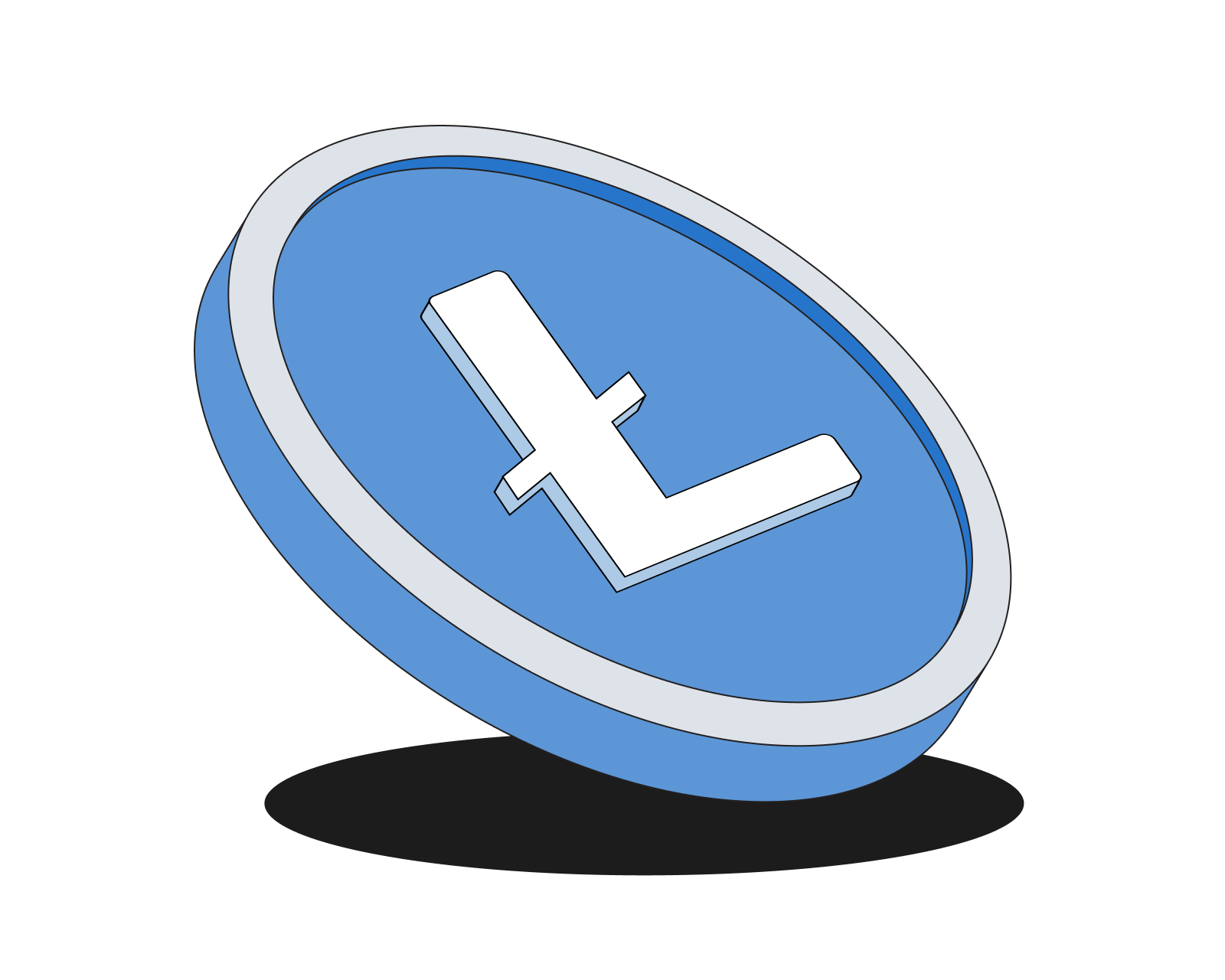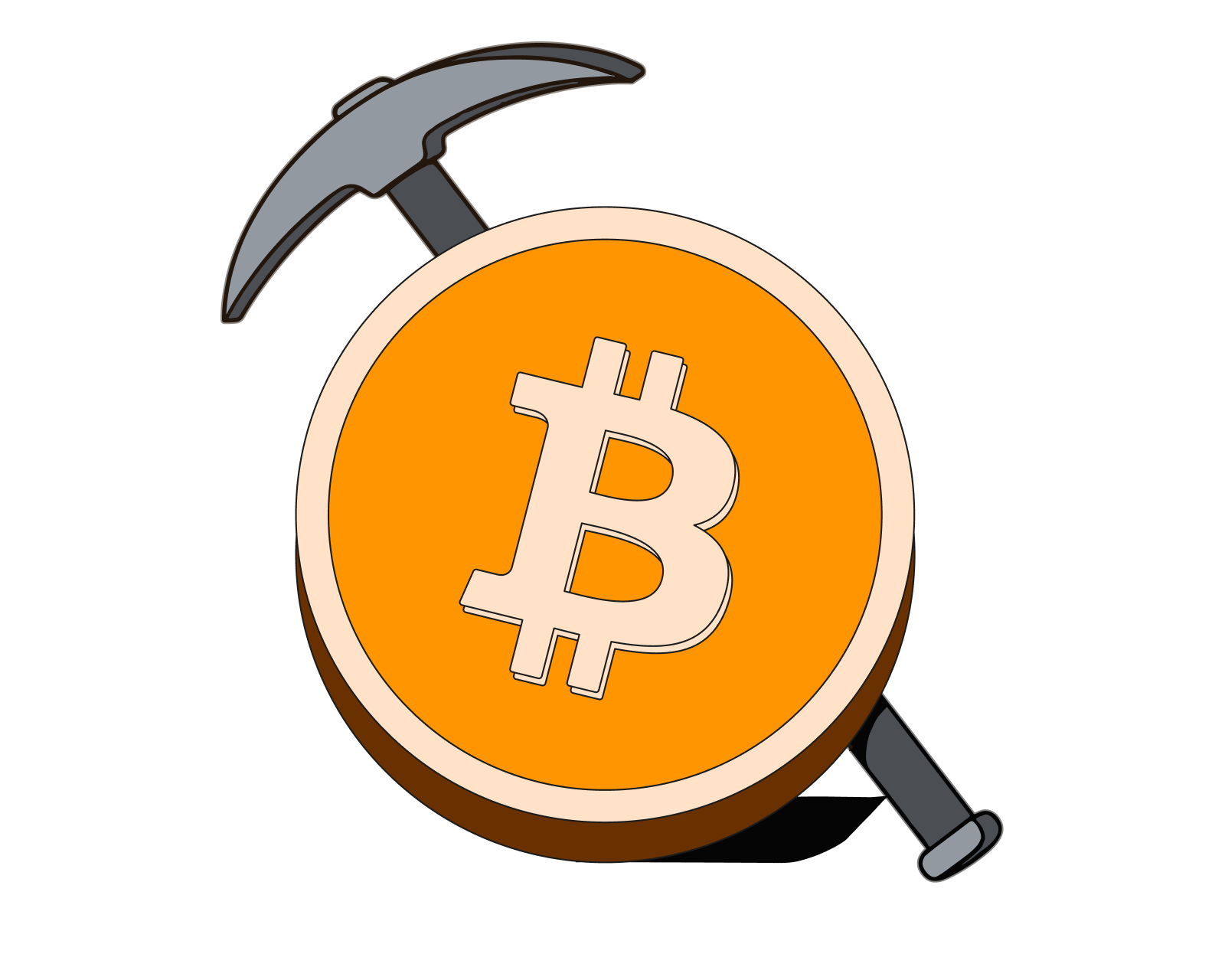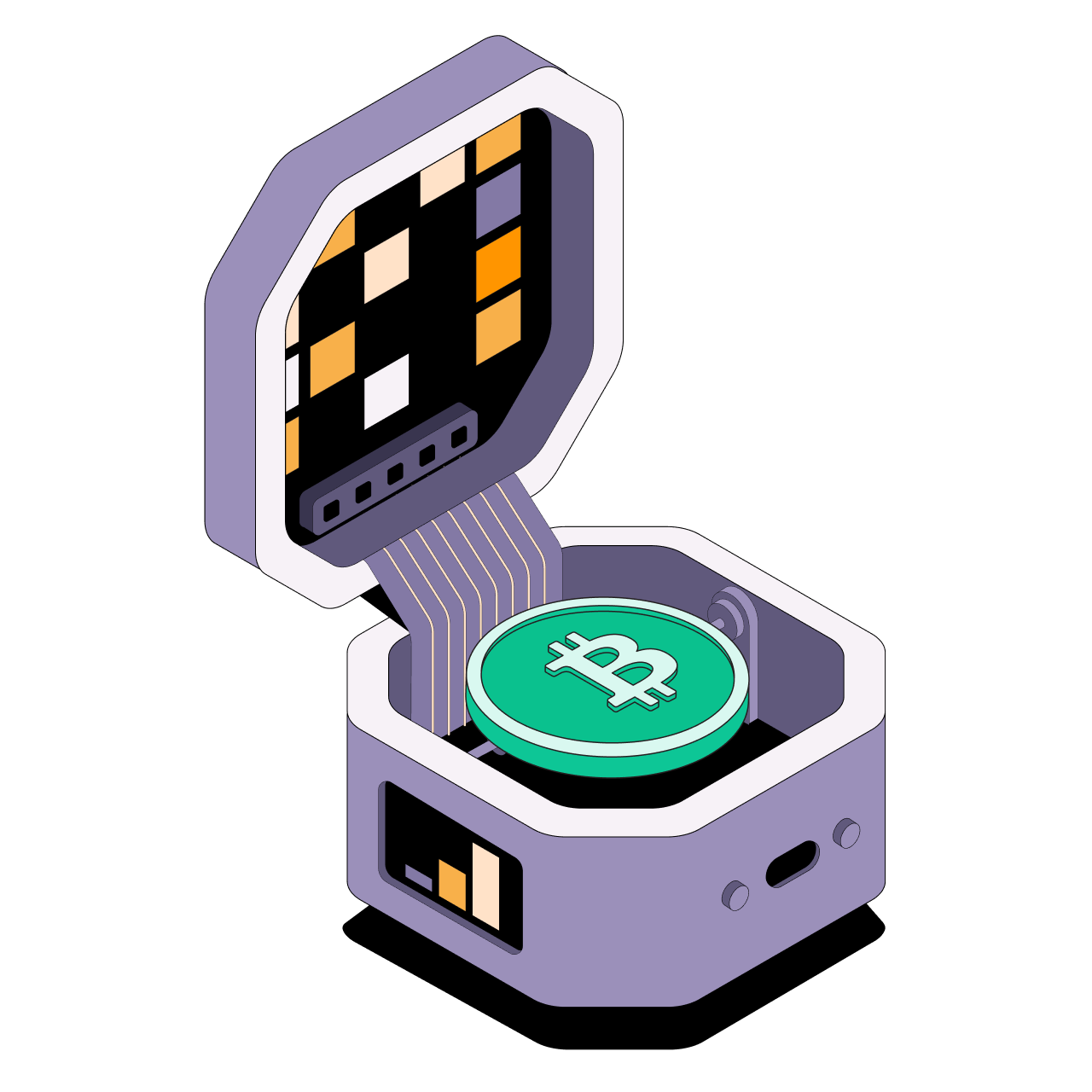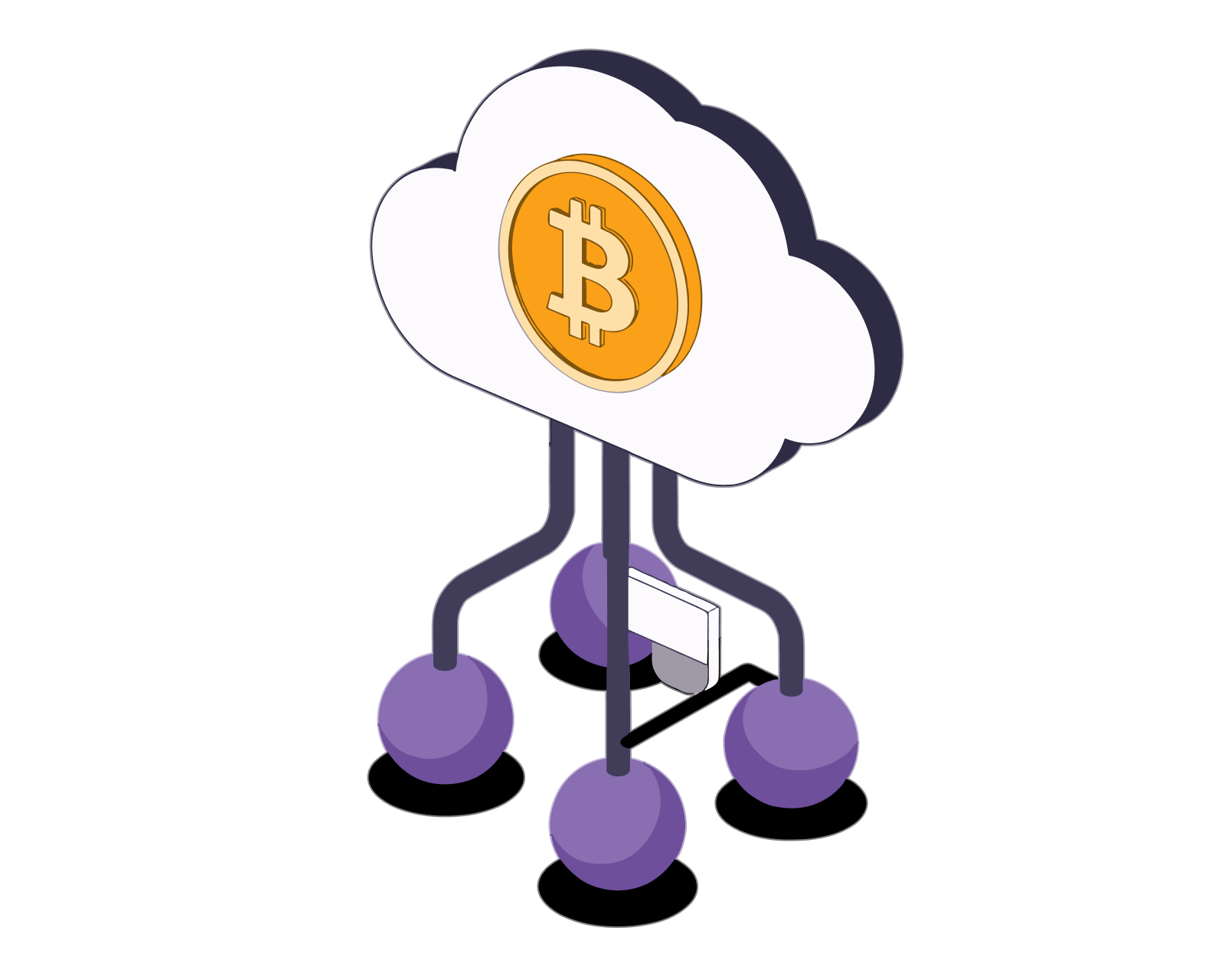What is Litecoin (LTC)?

Table of Contents
- Litecoin (LTC): Understanding the 'Silver' to Bitcoin's 'Gold'
- Litecoin's Origins and Goals
- Litecoin's Technology: Scrypt, Block Time, Supply, and More
- Litecoin Use Cases: Payments, Remittances, and Beyond
- Litecoin vs. Bitcoin: Similarities, Differences, and UTXOs
- Litecoin's Role and Future in the Crypto Ecosystem
- Conclusion
Litecoin (LTC): Understanding the 'Silver' to Bitcoin's 'Gold'
Litecoin (LTC), often called the "silver to Bitcoin's gold," was designed to offer faster transactions and lower fees while maintaining Bitcoin’s core principles. As one of the longest-standing cryptocurrencies, Litecoin is valued for its speed, efficiency, and security, making it a popular choice for everyday transactions.
This guide explores Litecoin’s origins, technology, key use cases, and its role in the evolving crypto landscape. You'll also discover how it compares to Bitcoin and where it stands in the market today.
For a quick introduction to Bitcoin, check out A Quick Introduction to Bitcoin. For a broader look at cryptocurrencies, explore A Quick Introduction to Crypto. Learn more about Bitcoin's fundamentals with What is Bitcoin? and compare it to Ethereum with The Differences Between Bitcoin and Ethereum.
Litecoin's Origins and Goals
Litecoin was created in 2011 by Charlie Lee, a former Google engineer, to address Bitcoin's scalability and transaction speed limitations. As a fork of Bitcoin Core, Litecoin retains Bitcoin's key principles-such as decentralization and fixed supply-but introduces technical improvements to enhance efficiency and usability.
Explore Bitcoin's origin story-from an idea to a global financial revolution, and learn about Bitcoin's governance and Bitcoin hard forks.
Litecoin's Technology: Scrypt, Block Time, Supply, and More
Litecoin's key technological differences from Bitcoin:
-
Scrypt Algorithm: Litecoin uses Scrypt for mining, unlike Bitcoin's SHA-256. Scrypt is more memory-intensive, initially intended to make mining more accessible. Learn about Bitcoin mining.
-
Faster Block Time (2.5 minutes): Four times faster than Bitcoin's 10 minutes, leading to quicker confirmations. Understand Bitcoin transactions and confirmations.
-
Larger Supply (84 million): Four times Bitcoin's 21 million. This impacts scarcity and potential long-term value. Explore Bitcoin's value.
-
SegWit and Lightning Network: Litecoin adopted these scalability solutions, enabling faster, cheaper transactions. Learn more about SegWit (Segregated Witness) and the Lightning Network. Also, explore Bitcoin layer-2 solutions and sidechains.
-
MimbleWimble (MW): Offers optional privacy for transactions. Learn about Bitcoin privacy.
Litecoin Use Cases: Payments, Remittances, and Beyond
Litecoin's speed and lower fees make it suitable for:
-
Everyday Payments: Buying goods and services. Learn where to spend crypto.
-
Remittances: Sending money across borders quickly and affordably.
-
Trading and Speculation: Litecoin is actively traded on exchanges. Learn about exchanges, and the difference bewteen a CEX and a DEX.
Litecoin vs. Bitcoin: Similarities, Differences, and UTXOs
Both are decentralized, use Proof-of-Work, and support SegWit and Lightning. However, Litecoin prioritizes faster payments, while Bitcoin is often seen as a store of value. Both use UTXOs (Unspent Transaction Outputs) as the basic units of account. Learn about Bitcoin UTXOs.
Litecoin's Role and Future in the Crypto Ecosystem
Litecoin serves as a faster payment option, a testing ground for new technologies, and offers diversification for investors. Its future depends on adoption, tech advancements, and competition.
Learn about Bitcoin's potential.
Conclusion
Litecoin, with its focus on faster transactions and lower fees, provides a practical alternative to Bitcoin for payments and remittances. Its ongoing development and active community contribute to its continued presence in the crypto world.
Explore Bitcoin wallets and how to create one. Learn how to buy, send and receive Bitcoin. Also, understand the differences between Bitcoin network fees and crypto network fees
Related guides
Start from here →
What is Bitcoin?
Get a straightforward introduction to Bitcoin and why it matters.
Read this article →
What is Bitcoin?
Get a straightforward introduction to Bitcoin and why it matters.

How do bitcoin transactions work?
Understand how the Bitcoin public blockchain tracks ownership over time. Get clarity on key terms like public & private keys, transaction inputs & outputs, confirmation times, and more.
Read this article →
How do bitcoin transactions work?
Understand how the Bitcoin public blockchain tracks ownership over time. Get clarity on key terms like public & private keys, transaction inputs & outputs, confirmation times, and more.

What is Bitcoin governance?
How does the network operate and decide on critical issues?
Read this article →
What is Bitcoin governance?
How does the network operate and decide on critical issues?

What is Bitcoin Cash?
Bitcoin Cash is a decentralized peer-to-peer electronic cash system that does not rely on any central authority like a government or financial institution.
Read this article →
What is Bitcoin Cash?
Bitcoin Cash is a decentralized peer-to-peer electronic cash system that does not rely on any central authority like a government or financial institution.

What are sidechains?
Learn about the different types of sidechains, their advantages and disadvantages, and what they're used for. Get the essentials on key sidechain projects.
Read this article →
What are sidechains?
Learn about the different types of sidechains, their advantages and disadvantages, and what they're used for. Get the essentials on key sidechain projects.

What are Bitcoin UTXOs?
Understand Bitcoin UTXOs and how they function in Bitcoin transactions, contributing to security and efficiency. Explore the differences between UTXOs and traditional account-based systems, and how UTXOs relate to Bitcoin's overall value.
Read this article →
What are Bitcoin UTXOs?
Understand Bitcoin UTXOs and how they function in Bitcoin transactions, contributing to security and efficiency. Explore the differences between UTXOs and traditional account-based systems, and how UTXOs relate to Bitcoin's overall value.
STAY AHEAD IN CRYPTO
Stay ahead in crypto with our weekly newsletter delivering the insights that matter most
Weekly crypto news, curated for you
Actionable insights and educational tips
Updates on products fueling economic freedom
No spam. Unsubscribe anytime.



Start investing safely with the Bitcoin.com Wallet
Over wallets created so far
Everything you need to buy, sell, trade, and invest your Bitcoin and cryptocurrency securely

© 2025 Saint Bitts LLC Bitcoin.com. All rights reserved


